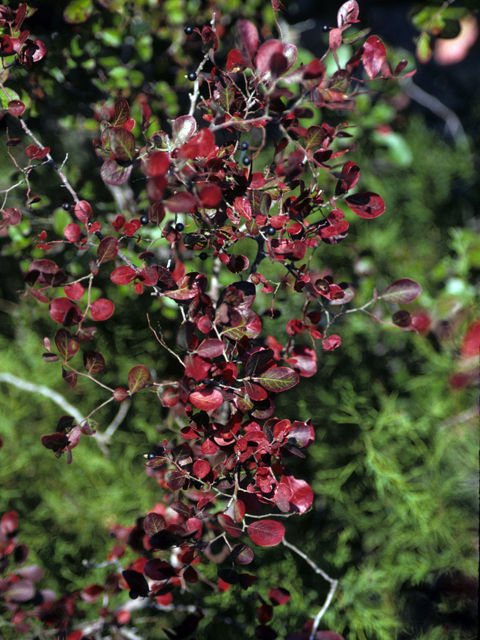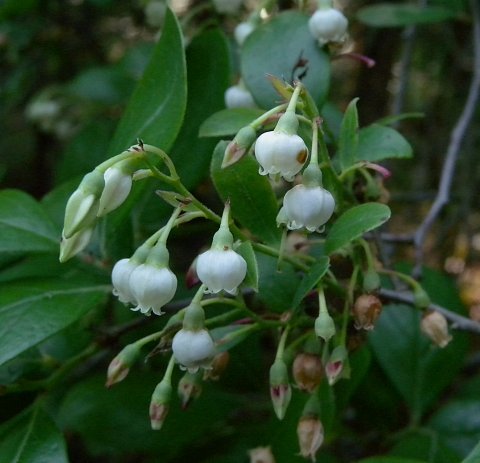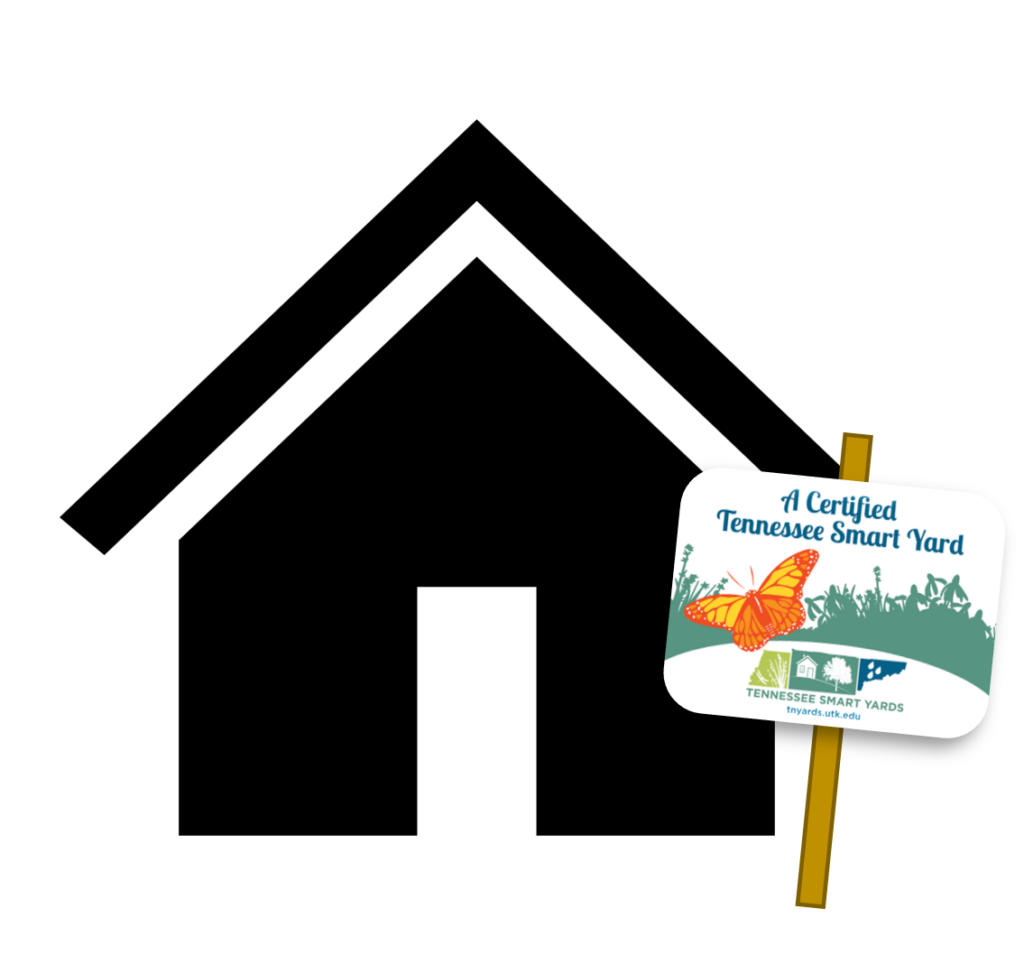
Common Name: Farkleberry, Sparkleberry
Sun to light shade; medium to dry moisture level; tolerates a wide range of soils; prefers strongly to slightly acid pH but is unique among the Vaccinium because tolerates neutral to alkaline pH.
8-15 feet height by 4-10 feet spread; blooms in May and June; white flowers tinged with pink; black, lustrous berries in clusters persisting through winter.
Growth Rate: Slow to medium
Maintenance: Free of serious pests or diseases. Easy maintenance. Needs no special treatment once established.
Propagation: Moderately easy from seed; seed germination code C(60-90) at 41 degrees F. Seeds need light to germinate. Difficult from cuttings.
Native Region: Statewide except absent in Central Basin
Large, evergreen to semi-evergreen shrub to small tree which is the largest member of the blueberry family. Attractive species with twisted irregular branches, reddish exfoliating bark, and crimson red leaves in fall that hang on for an extended period. Deserves to be planted more often. Fruit not palatable to humans. Fruit production is erratic, ranging from none in some years to prolific in other years. Native to dry, rocky woods, sand dunes, rock outcroppings, dry sterile hillsides, meadows and abandoned fields. High wildlife value. Attracts birds, mammals, bees and butterflies.

